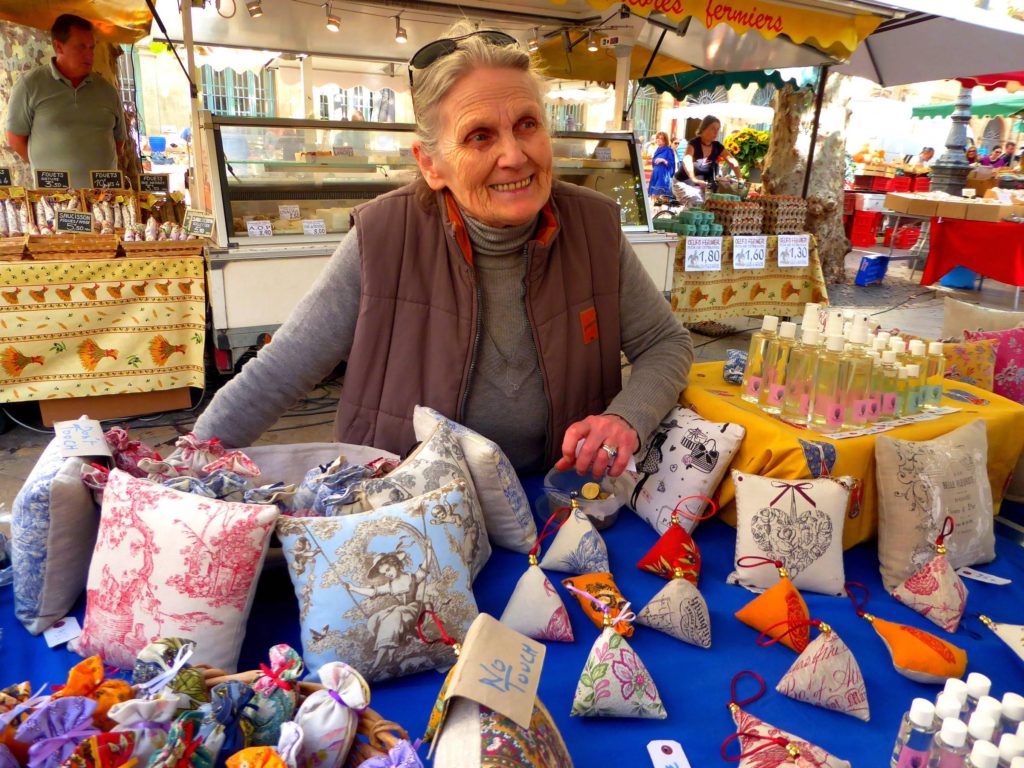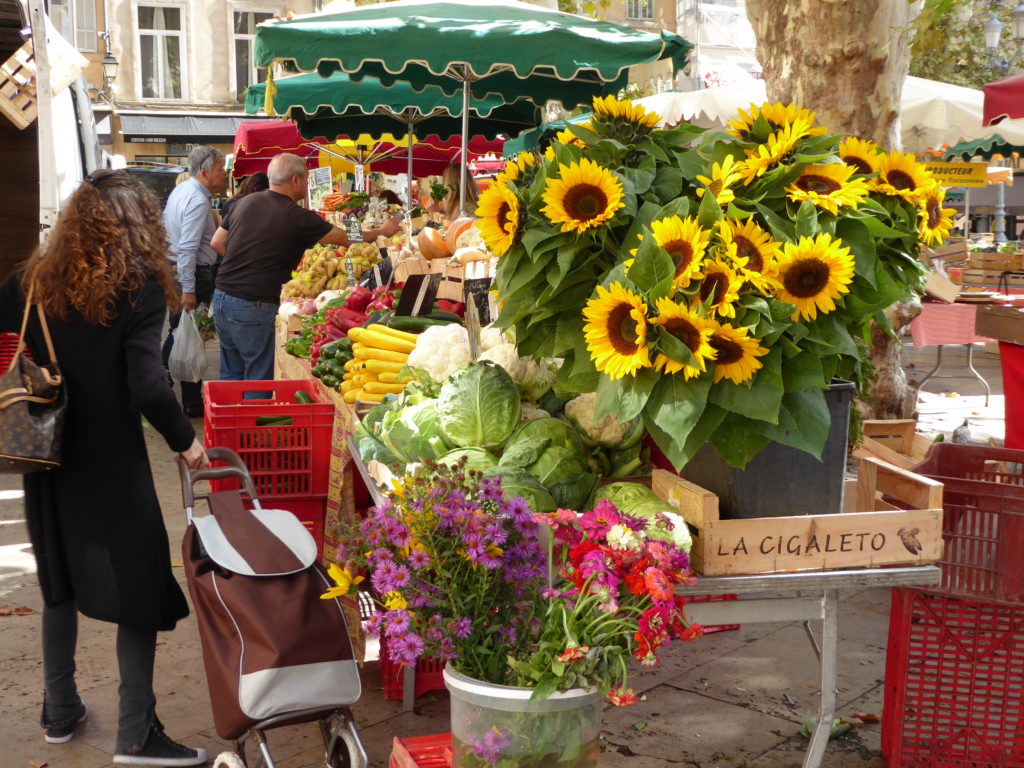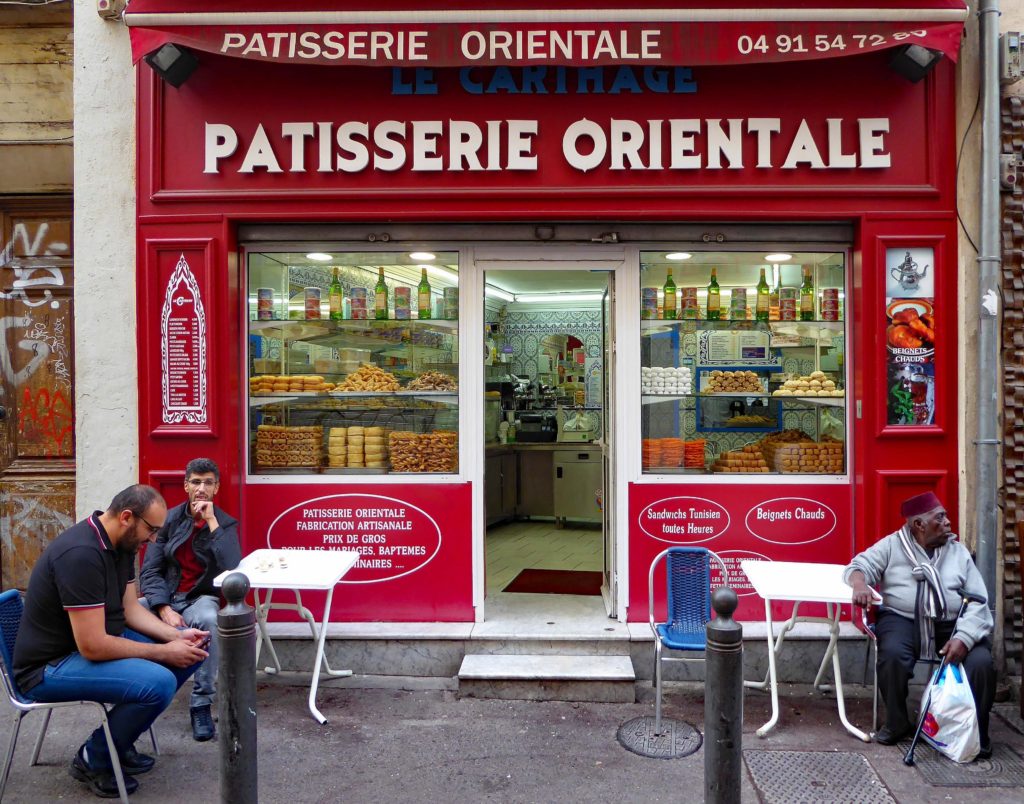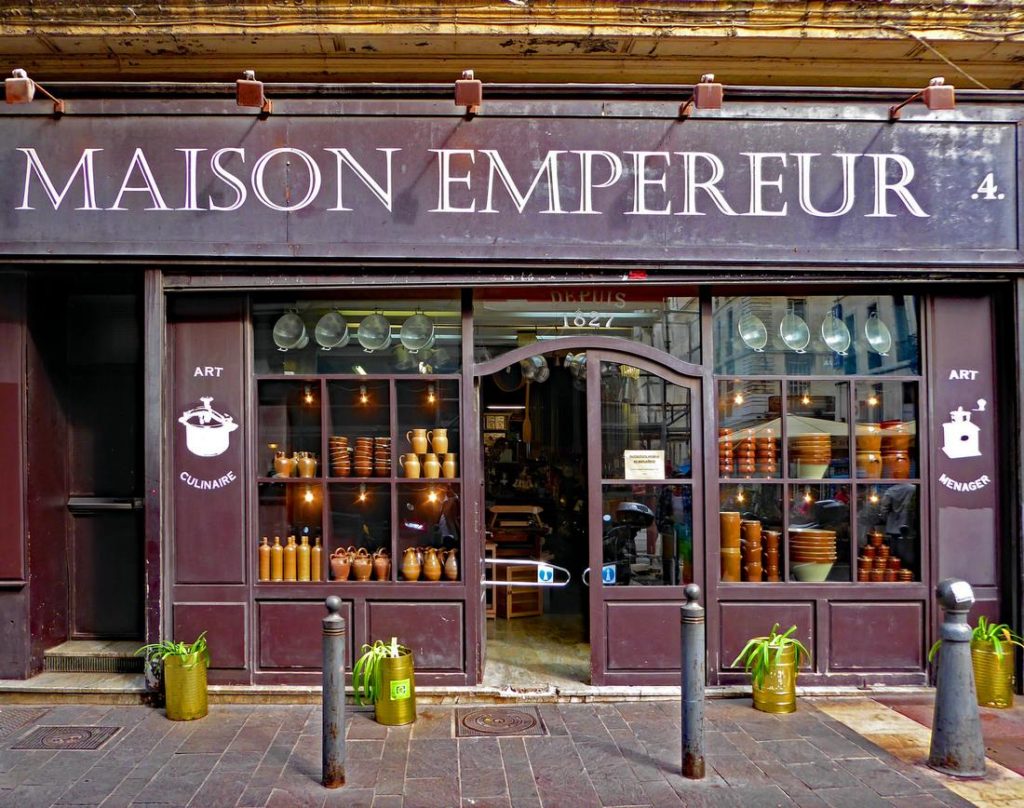
Finding a sprightly pairing for Boizel Brut Réserve
Champagne is the acknowledged queen of sparkling wines, but every regal house has its signature. Boizel champagnes from Épernay show an elegance and finesse that stems from using hand-harvested grapes from the top crus and blending the still wines of each year with wines reserved from the previous two harvests. This produces a year-to-year consistency that makes the non-vintage bottles best representative of the house style. Three years of bottle aging on the lees adds additional complexity. So when we acquired a Brut Réserve that had been disgorged at the end of 2016, we weren't quite sure what to pair with it. This particular champagne gains its floral bouquet from 30 percent Chardonnay, its lean structure from 55 percent Pinot Noir, and a delicious fruitiness...Read More









